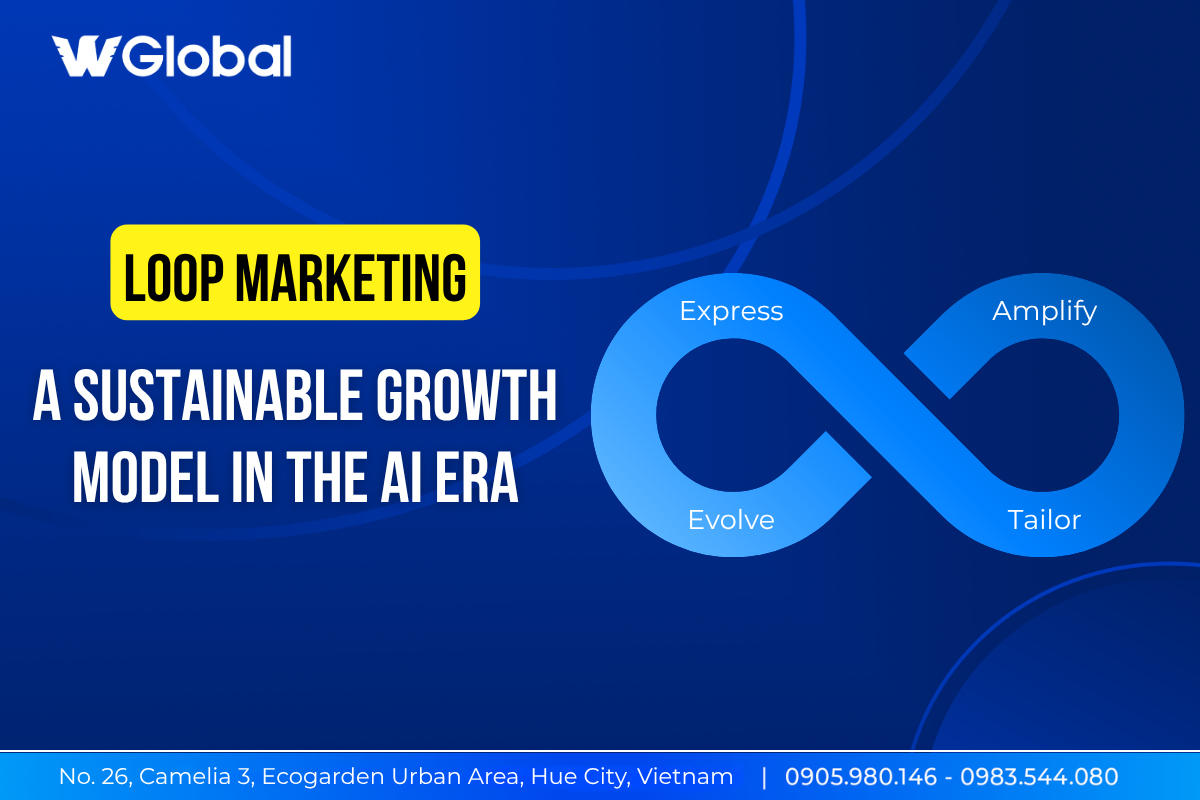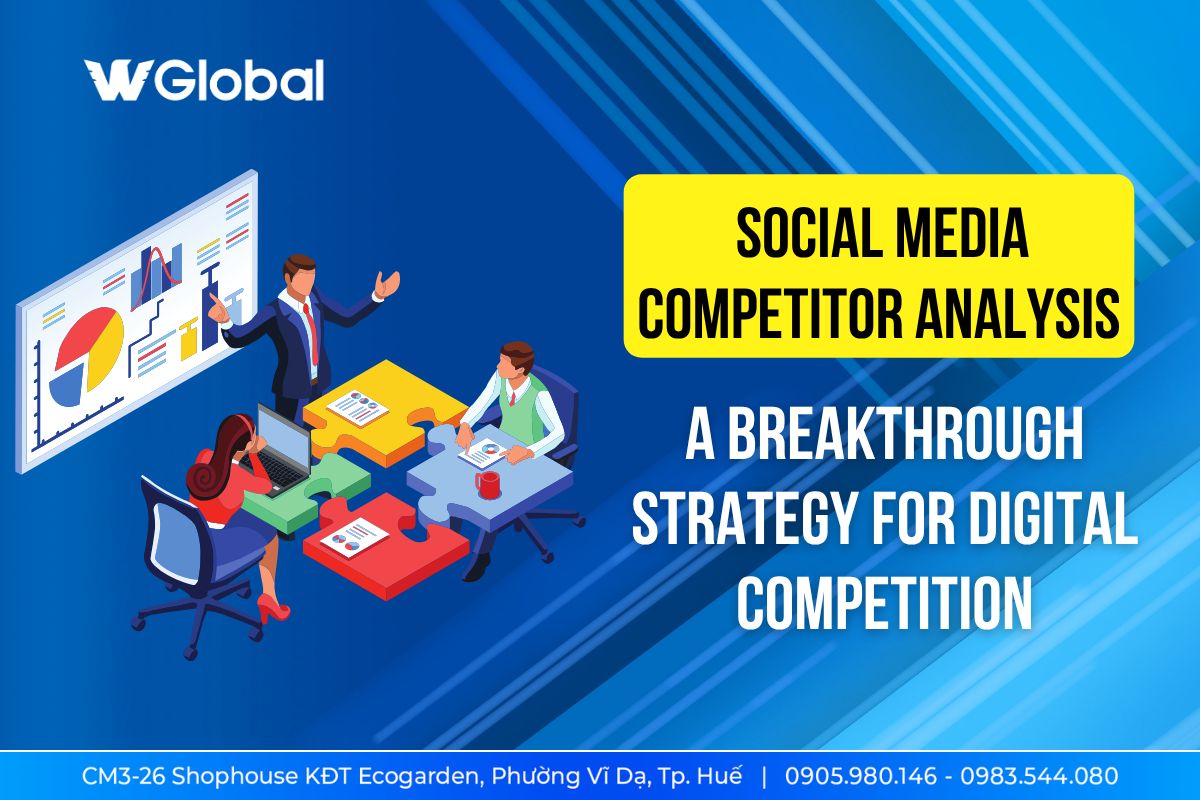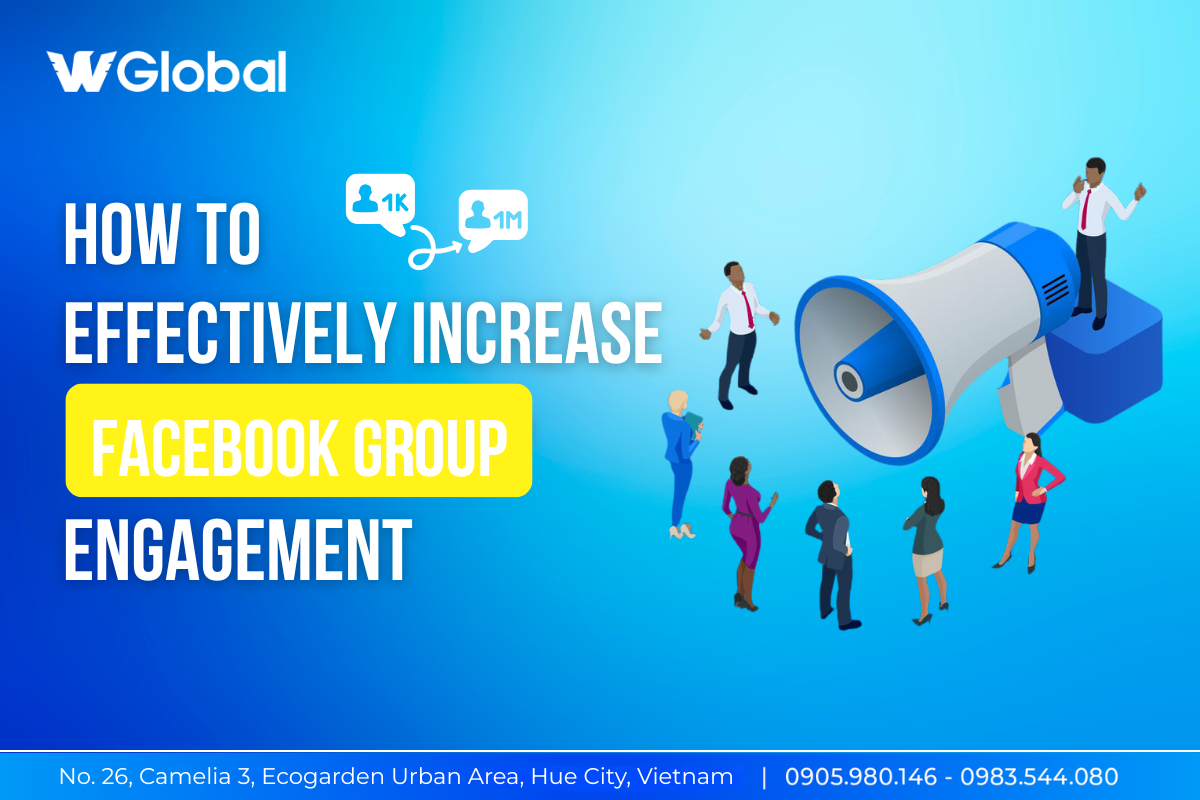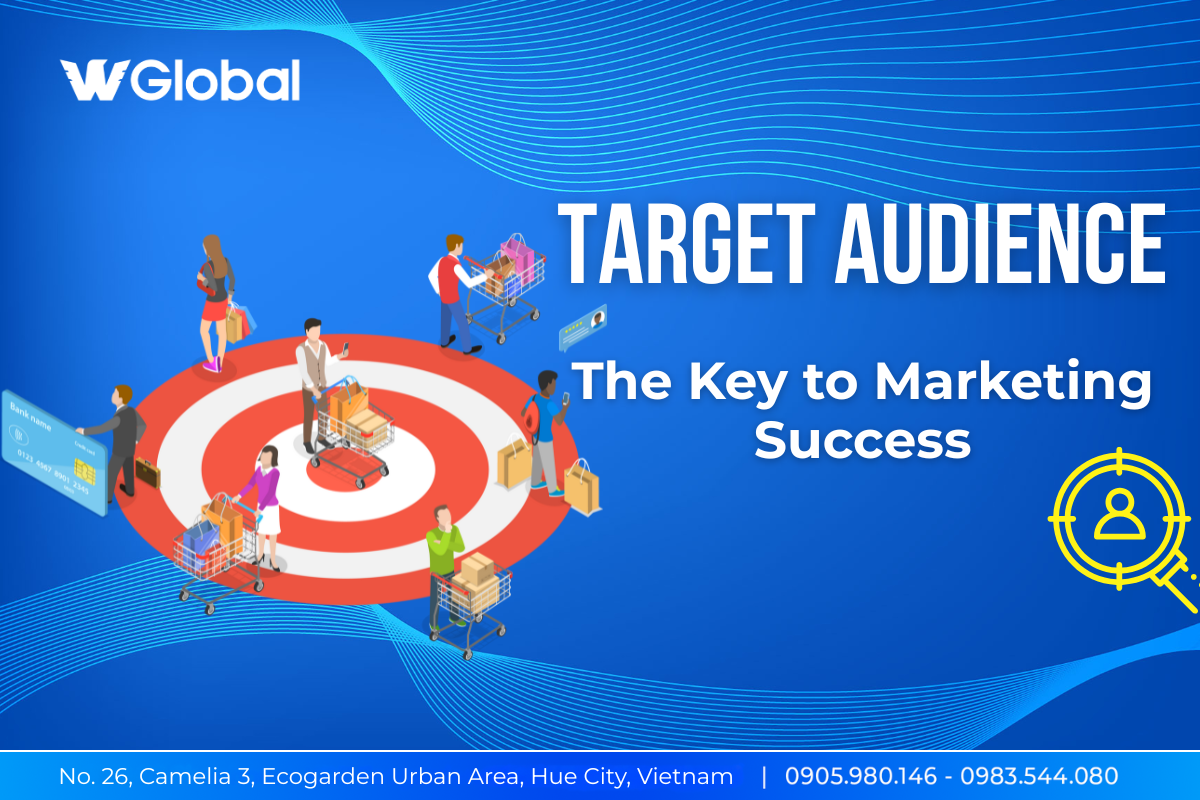META AD CAMPAIGN OPTIMIZATION TIPS FOR 2025
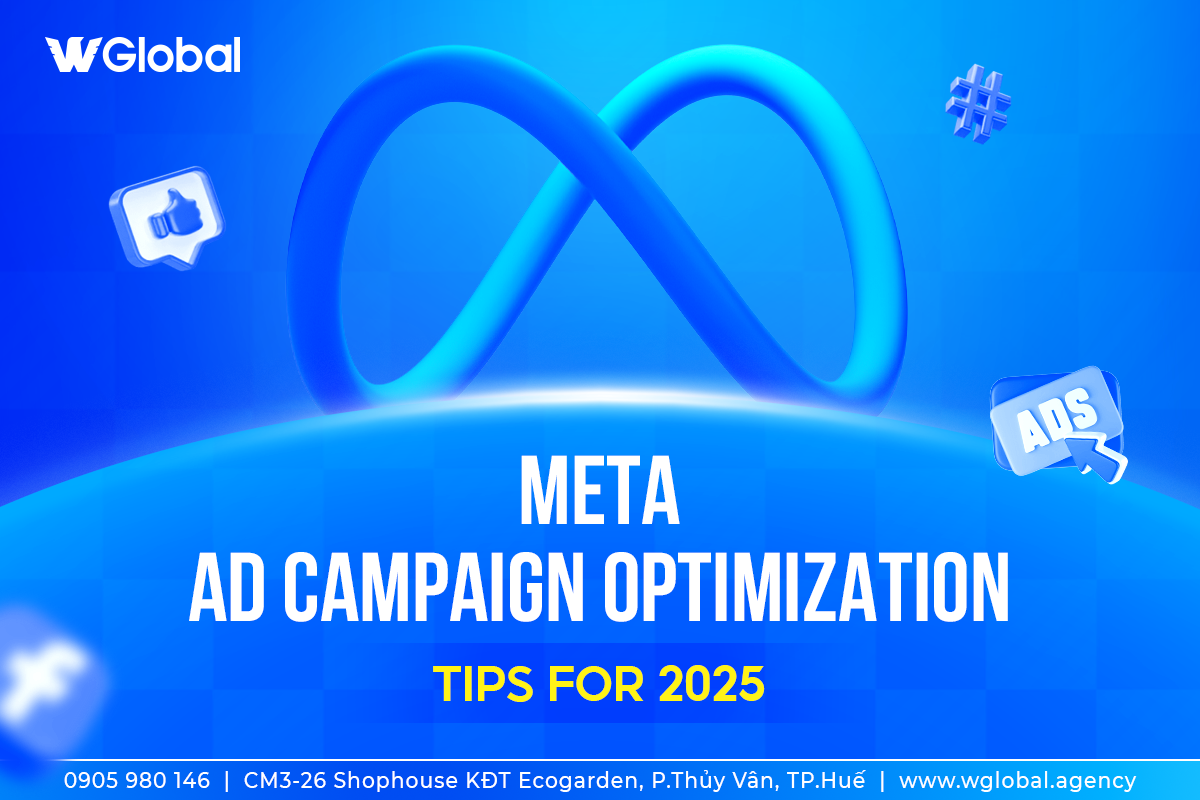
2025: A Pivotal Year for Digital Advertising, particularly on Meta platforms. 2025 marks a significant turning point, ushering in powerful transformations within the digital advertising landscape, particularly on Meta platforms. Recently, advertisers have paid close attention to three key tips shared by Meta itself, designed to optimize advertising on Facebook, Instagram, Reels, and Threads in 2025. Based on market trends and Meta’s latest ad solutions, Meta offers advice to enhance ad campaigns. Let’s delve into each tip with WGlobal Agency to help businesses apply them effectively.
Why Should You Pay Attention to Meta’s Tips?
Meta is more than just a social media platform; it’s one of the largest advertising ecosystems globally. Every seemingly minor algorithm adjustment or recommendation from Meta can impact the effectiveness of thousands of campaigns worldwide. Here’s some notable data from Q1 2025:
- User time spent on short-form video (Reels) increased by 7% on Facebook, 6% on Instagram, and 35% on Threads.
- Campaigns leveraging AI (especially Advantage+) recorded an average ROAS 22% higher than traditional methods.
- Advertisers are facing pressure to cut spending, forcing them to achieve more with less budget.
In this context, Meta’s three tips are not just advice—they are strategic directions to help marketers survive and thrive.
Meta Tip 1: Embrace AI-Powered Advertising Tools
Meta states that AI systems are significantly improving ad performance across all platforms. This includes AI-powered ad delivery, creative optimization, audience selection, and optimal display timing. A highlight is the Generative Ads Recommendation (GEM) technology used by Meta for Reels, which personalizes ads and boosts conversion rates by up to 5%.
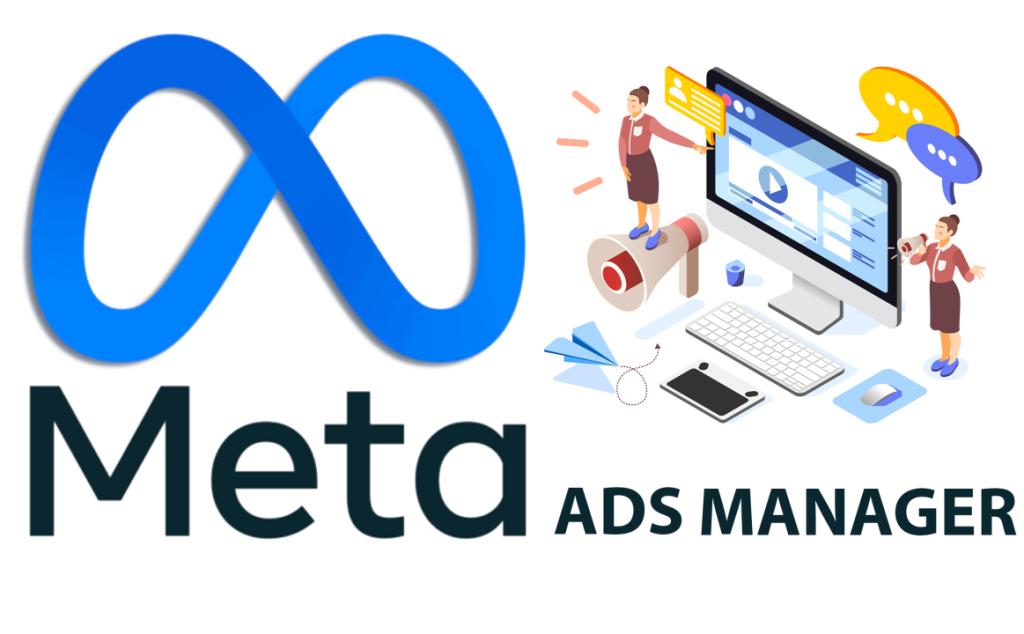
Why is AI Increasingly Important?
- AI can process vast amounts of data that marketers cannot analyze manually.
- AI helps deliver the right message to the right person, at the right time, in the right context.
- AI eliminates subjective biases in targeting and testing.
A skilled marketer in 2025 is no longer someone who does everything manually but rather someone who knows how to effectively “orchestrate” AI to work best for them.
Actionable Steps for Advertisers:
- Experiment with AI-driven creative when generating ad videos or images.
- Monitor GEM metrics in Reels ads to optimize A/B tests.
- Avoid manually overriding AI targeting without clear data.
Meta Tip 2: Leverage Advantage+ Campaigns
Advantage+ is currently one of Meta’s most prominent advertising features. This campaign type is almost “fully automated,” allowing marketers to provide only basic inputs (goals, content, budget) – Meta’s AI systems handle all optimization and delivery processes. According to Meta, Advantage+ campaigns are:
- Increasing revenue by up to $4.52 for every $1 spent—outperforming traditional campaigns by 22%.
- Reducing campaign setup time from hours to just minutes.
- Minimizing risks associated with incorrect manual targeting or misaligned messaging.
This feature is suitable for both large enterprises and SMEs due to its ease of implementation and high optimization rate. Additionally, Advantage+ allows marketers to gain deep customer insights through AI-powered analytics reports.
Actionable Steps for Advertisers:
- Pilot a product group or audience segment with Advantage+ to compare performance against traditional campaigns.
- Review post-campaign data: Which audience groups, times, or formats did AI deliver most effectively?
- Use Advantage+ results to enhance other campaigns or inform creative direction.
Meta Tip 3: Automate Ad Targeting
Meta’s long-term goal is to fully automate the advertising process, where marketers simply input a product link, select a goal, and set a budget—and the system will automatically build content, choose display channels, optimize budgets, and measure effectiveness.
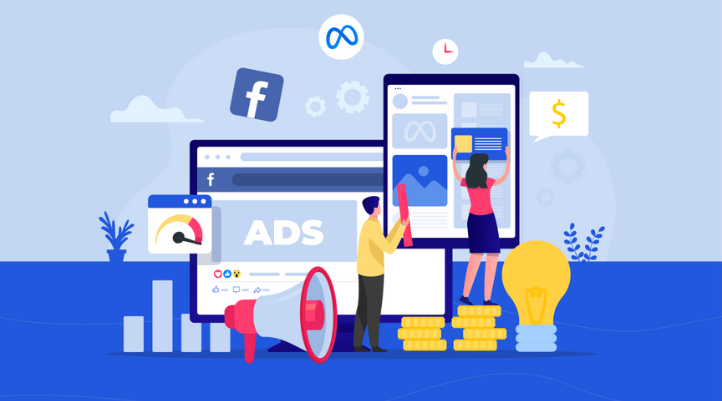
While this model isn’t 100% complete yet, Meta is progressively rolling out features such as:
- AI content generation from product descriptions.
- Real-time behavior-based audience recommendations.
- Automatic budget adjustments based on hourly/daily performance.
- Creative optimization for platform formats (Reels, Feed, Stories, etc.).
This marks a major leap forward in marketing automation, helping marketers save time, reduce operational errors, and increase return on investment.
Actionable Steps for Advertisers:
- Try Meta’s AI tools like AI Text Generator and AI Video Preview.
- Measure campaigns where AI had full control to understand true effectiveness.
- Regularly update knowledge on new Meta features to avoid missing powerful support tools.
What Should Marketers Do After Learning These 3 Meta Tips?
To effectively apply Meta’s recommended tips, marketers should develop a specific quarterly plan. Some initial steps could include:
- Re-evaluating the entire operational advertising system: What percentage of AI features are currently being utilized?
- Establishing a dedicated test group with Advantage+ to measure differences compared to traditional campaigns.
- Monitoring weekly performance reports to analyze how AI is impacting results.
- Continuously updating knowledge through Meta Business Center and industry newsletters.
Leveraging AI tools not only optimizes budgets but also creates a solid foundation for long-term successful digital transformation for businesses.
Conclusion
2025 is a pivotal year for digital advertising, where AI is no longer just a supplementary tool but the “main operational brain” of campaigns. With these three tips from Meta, advertisers can optimize and enhance the effectiveness of their advertising campaigns.




